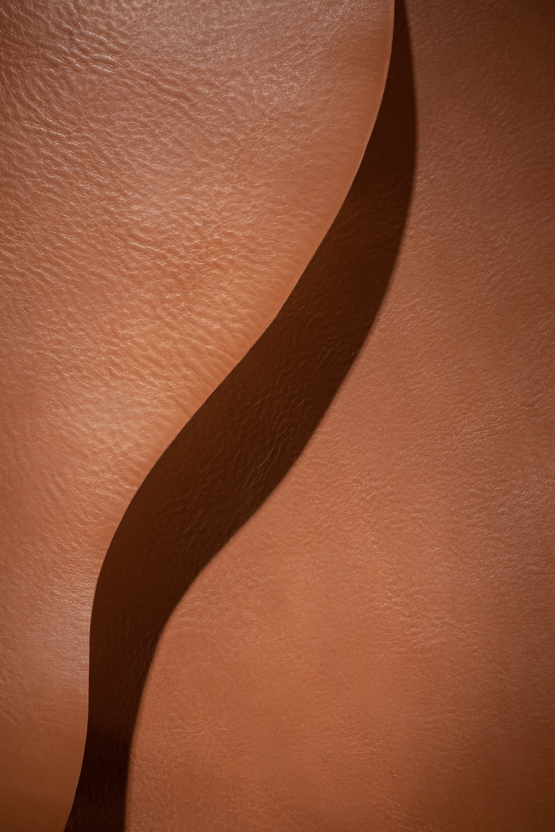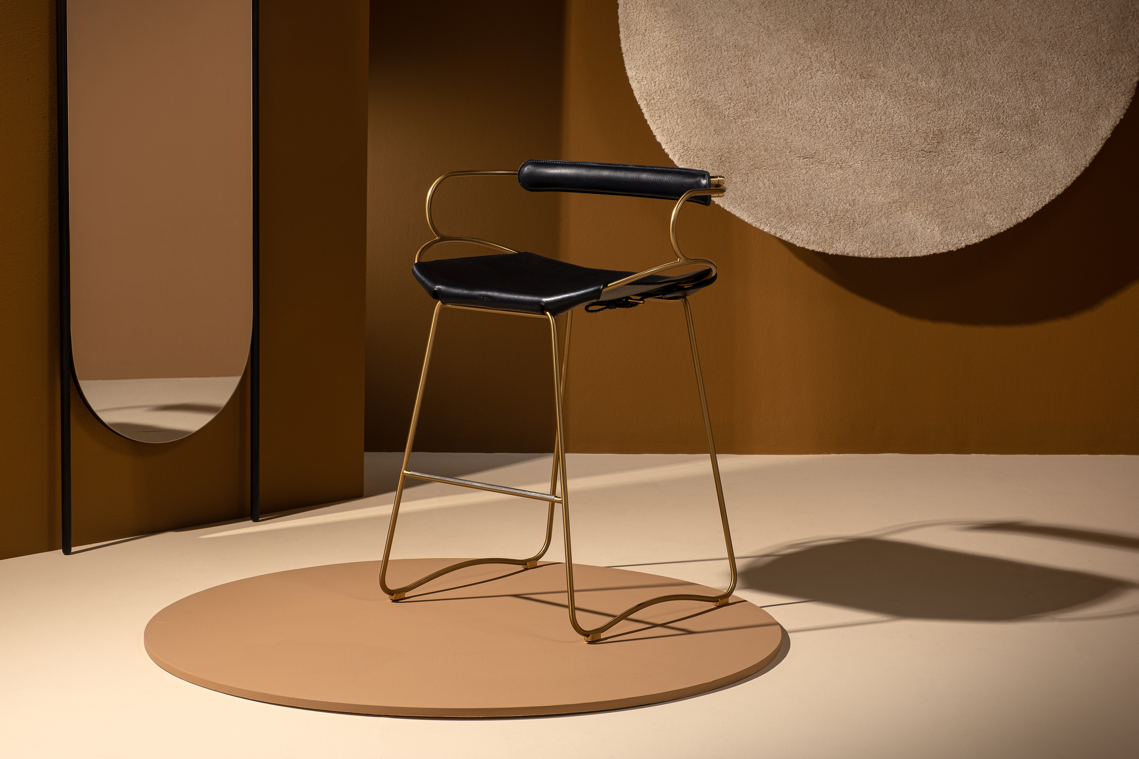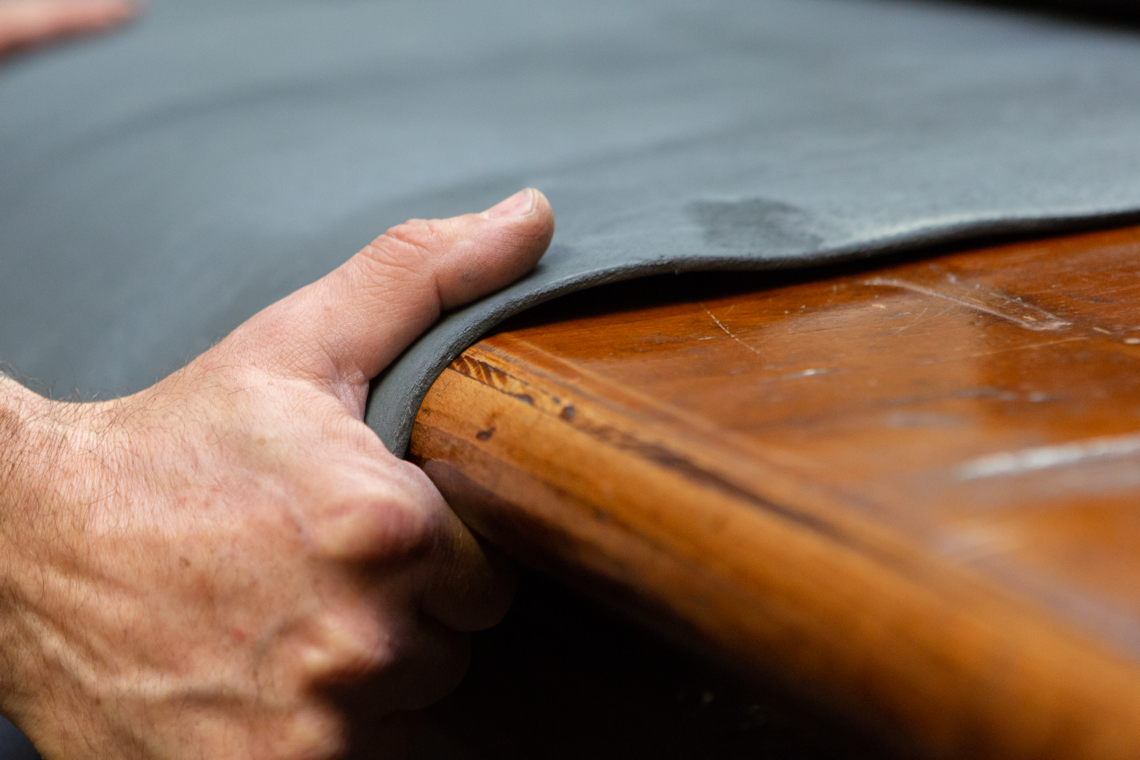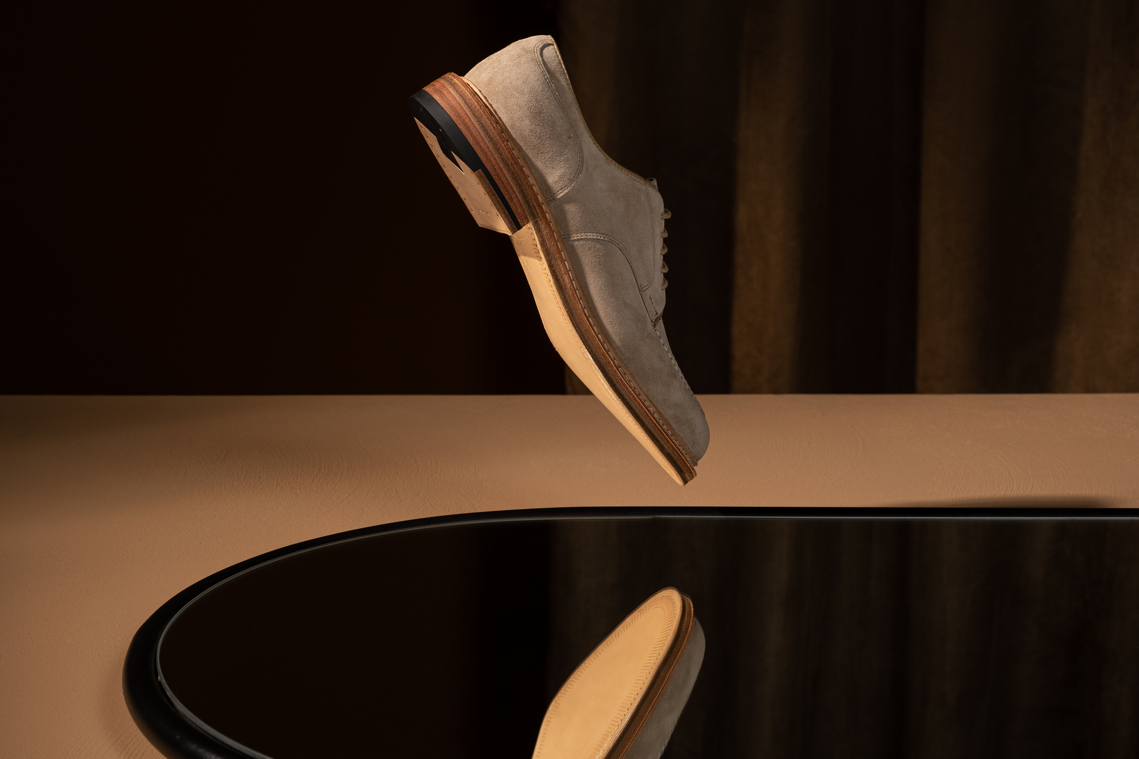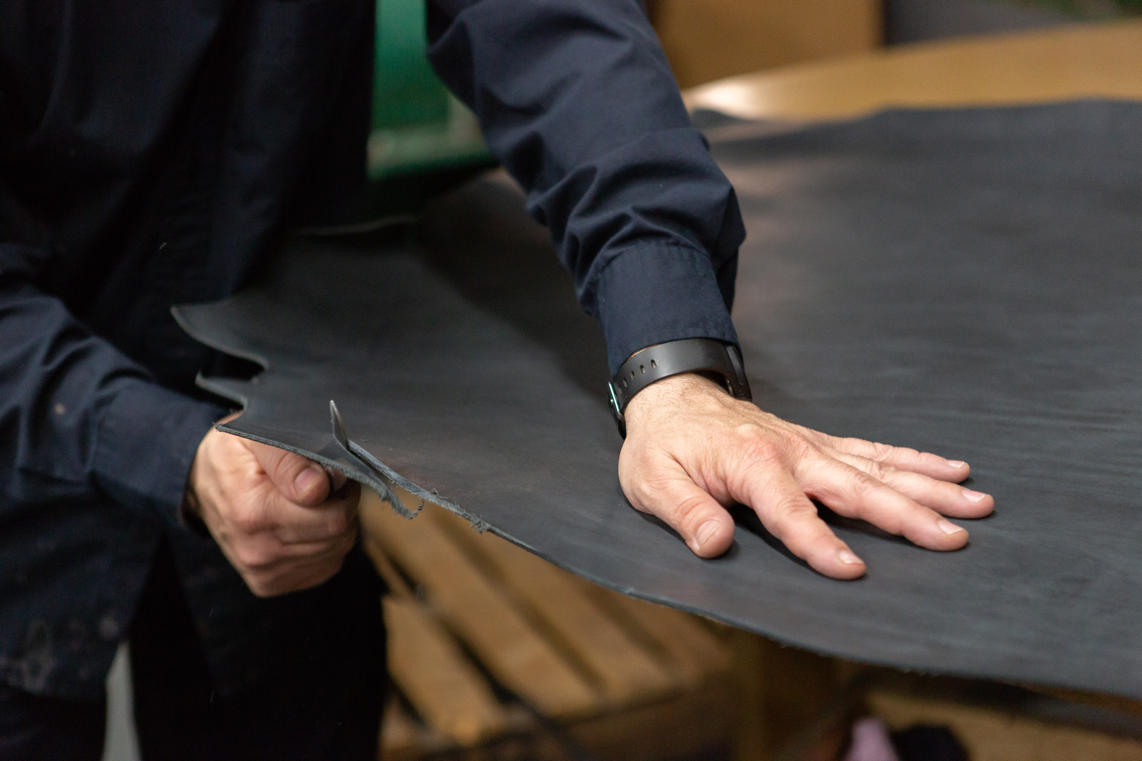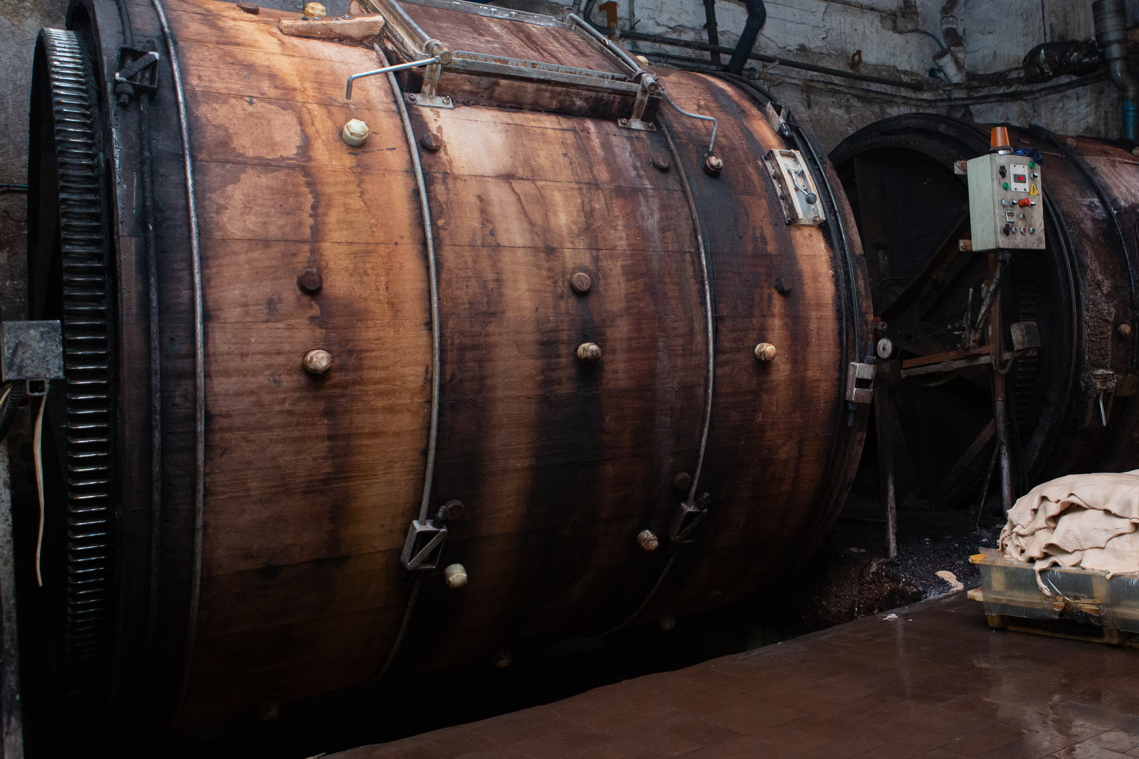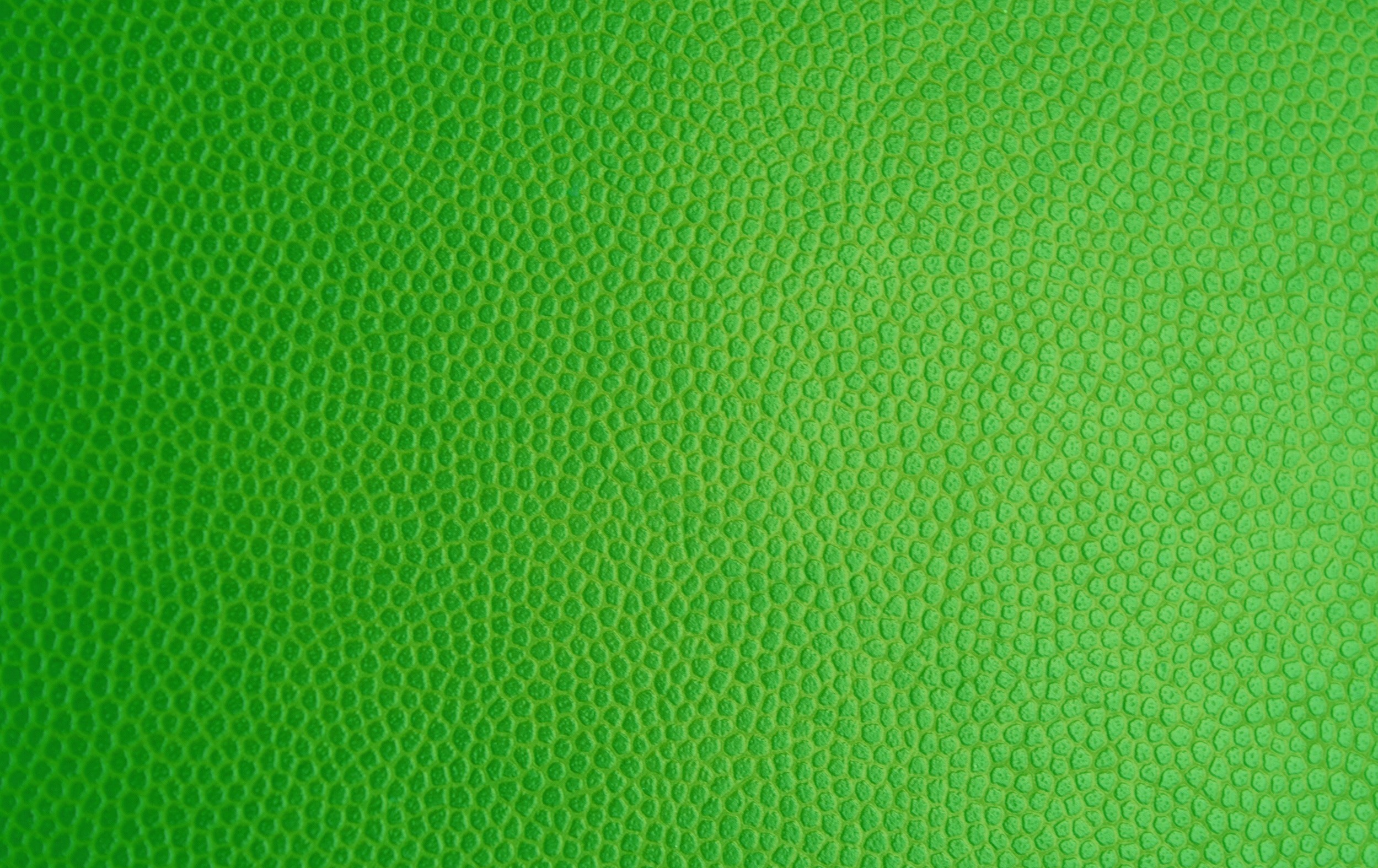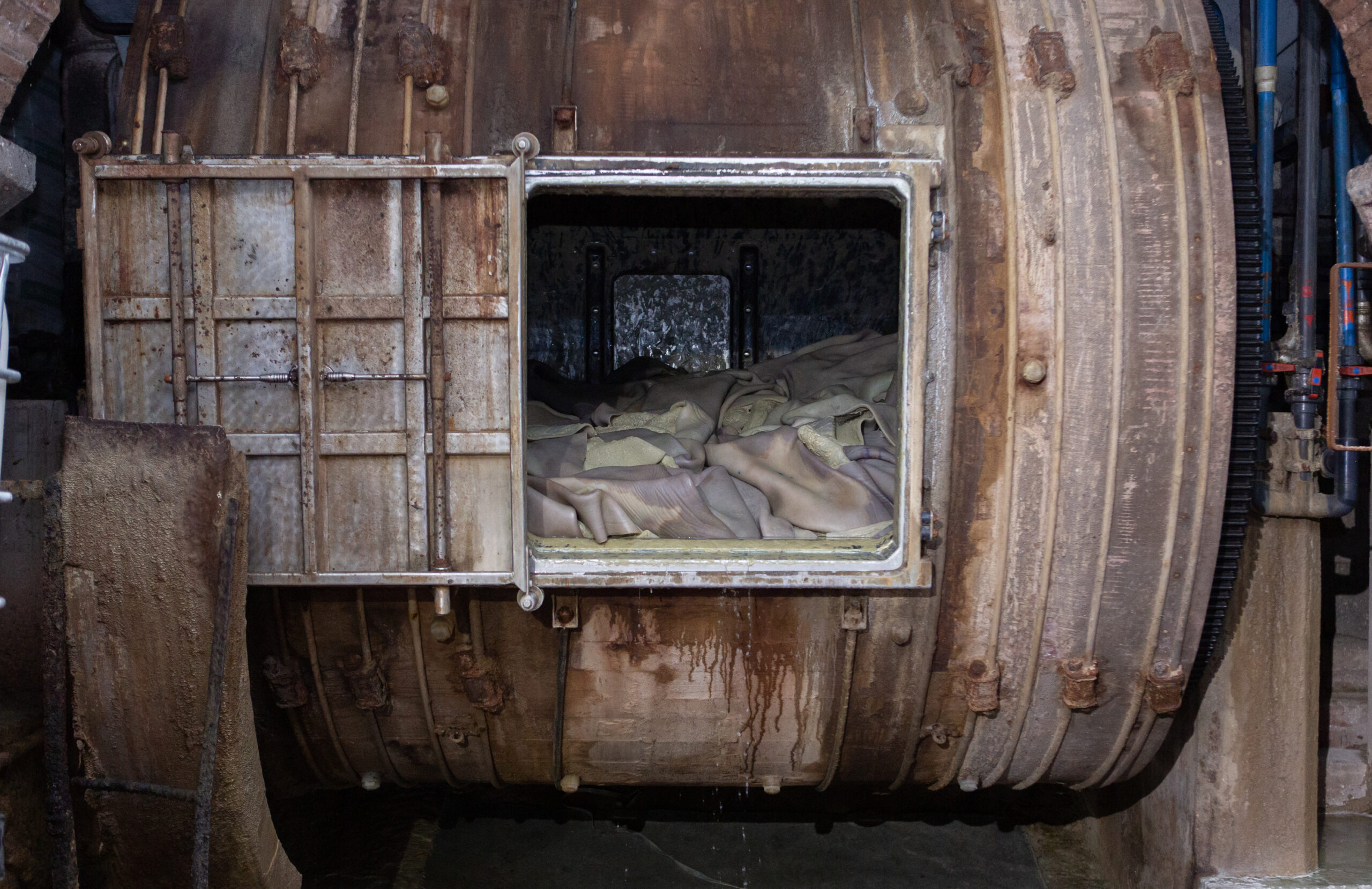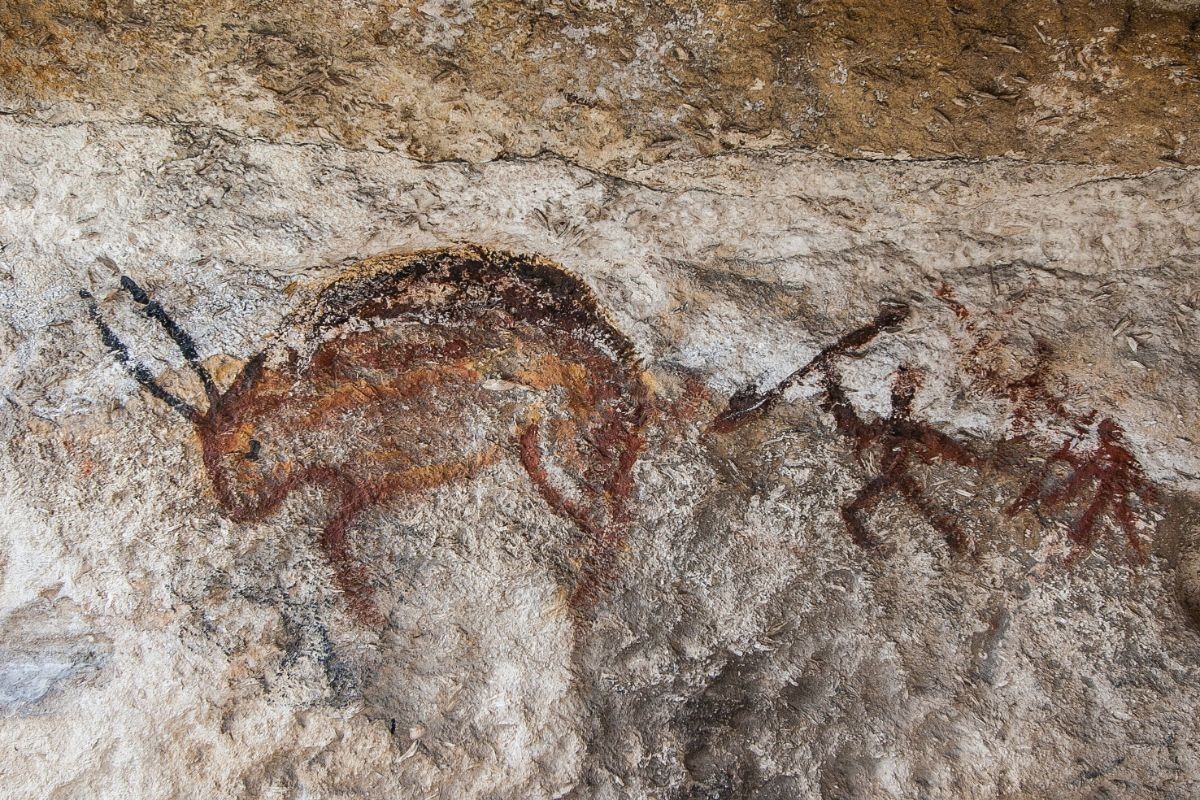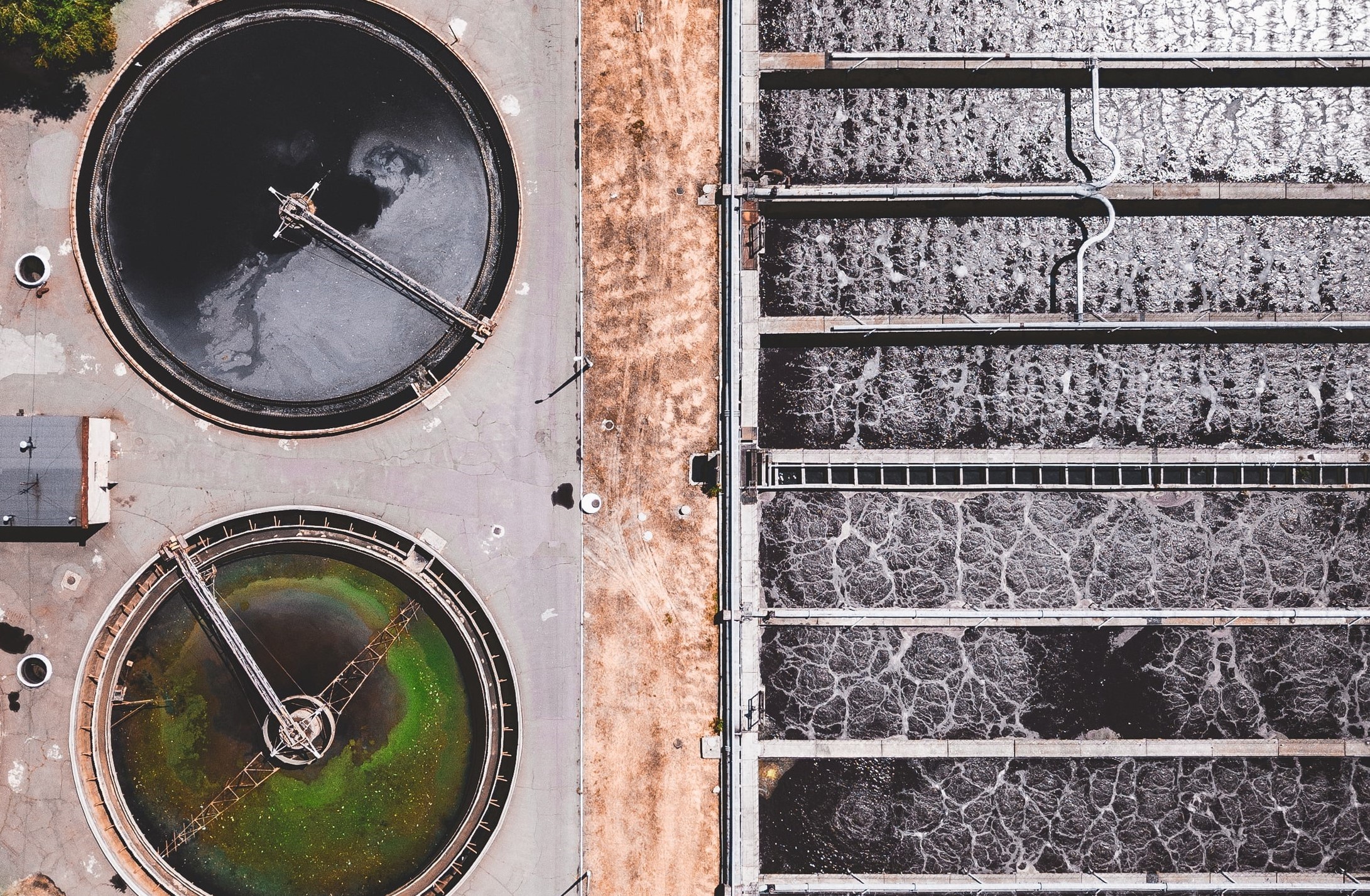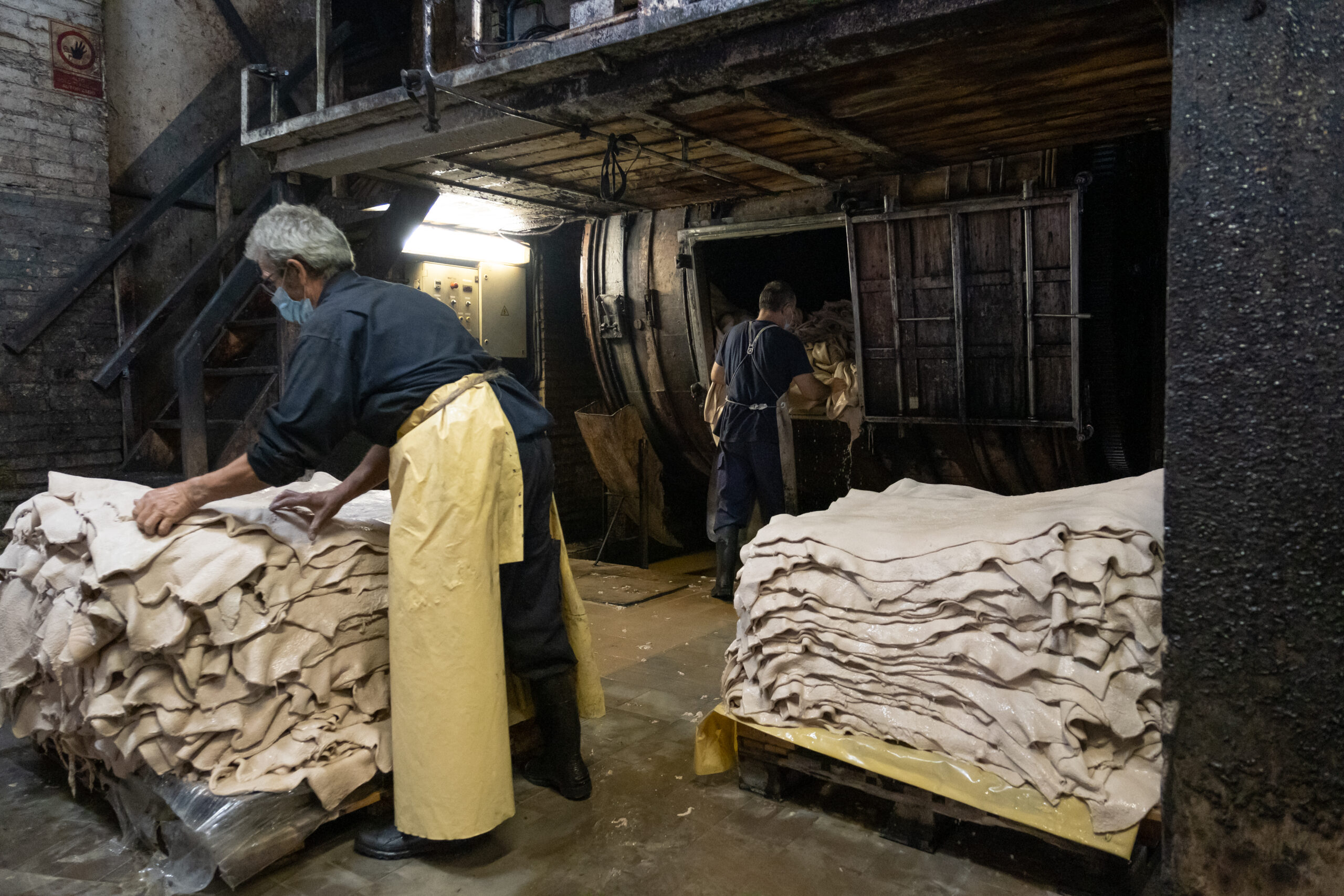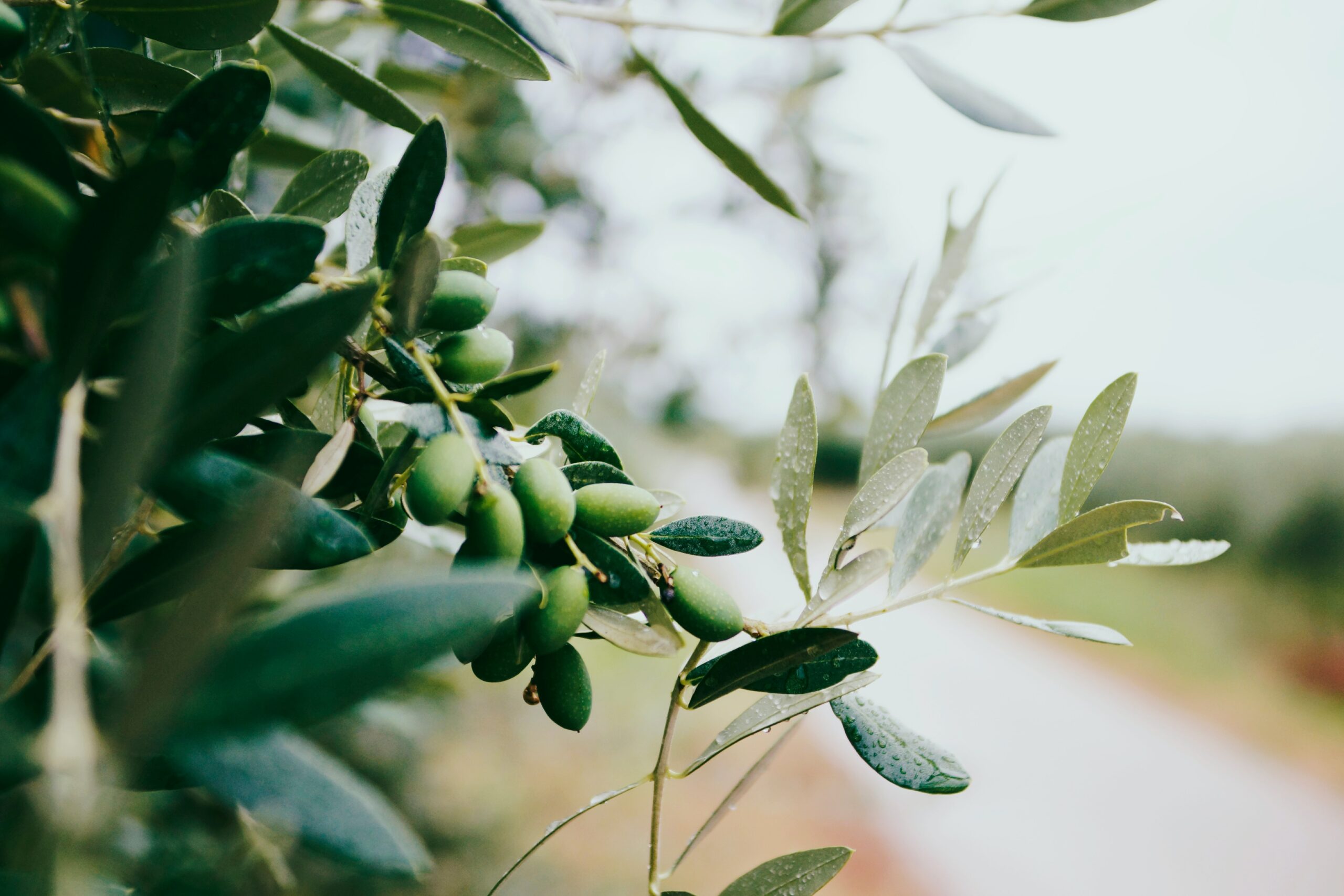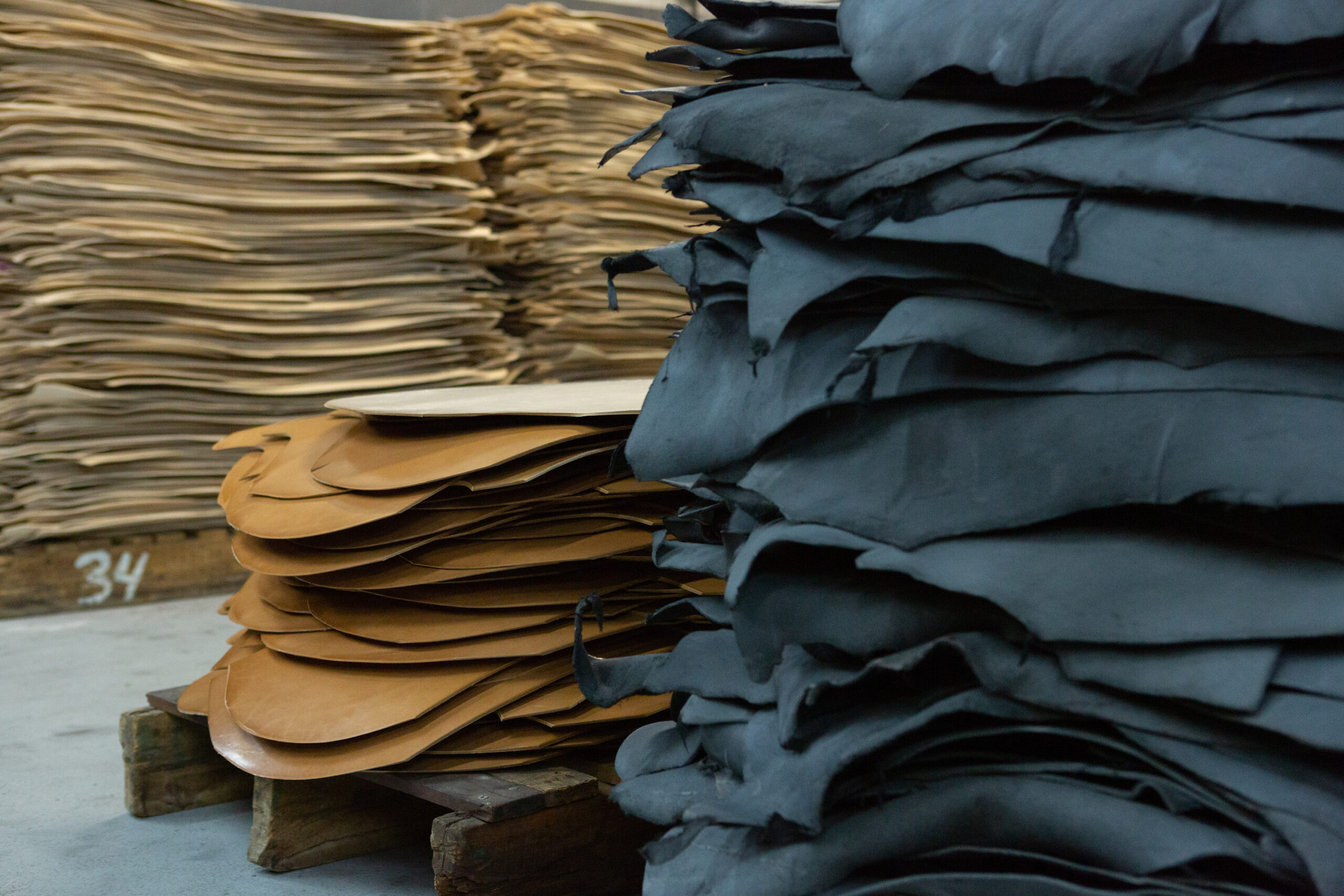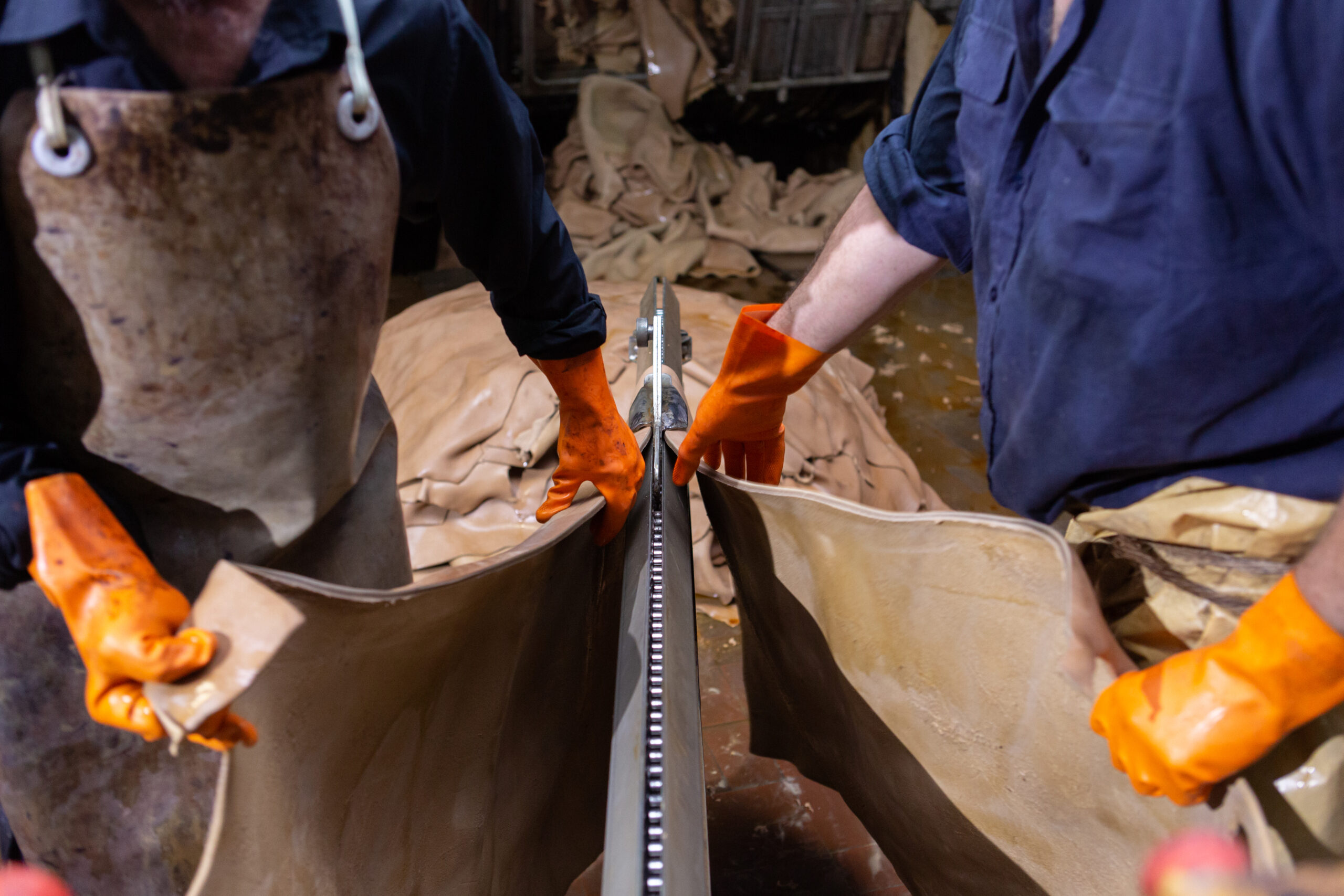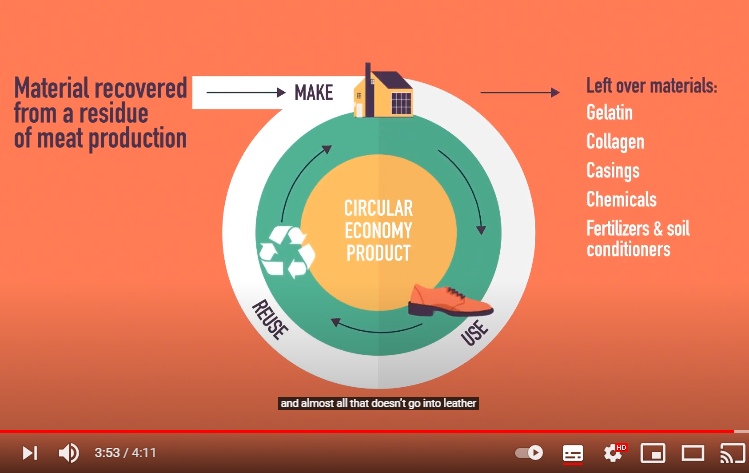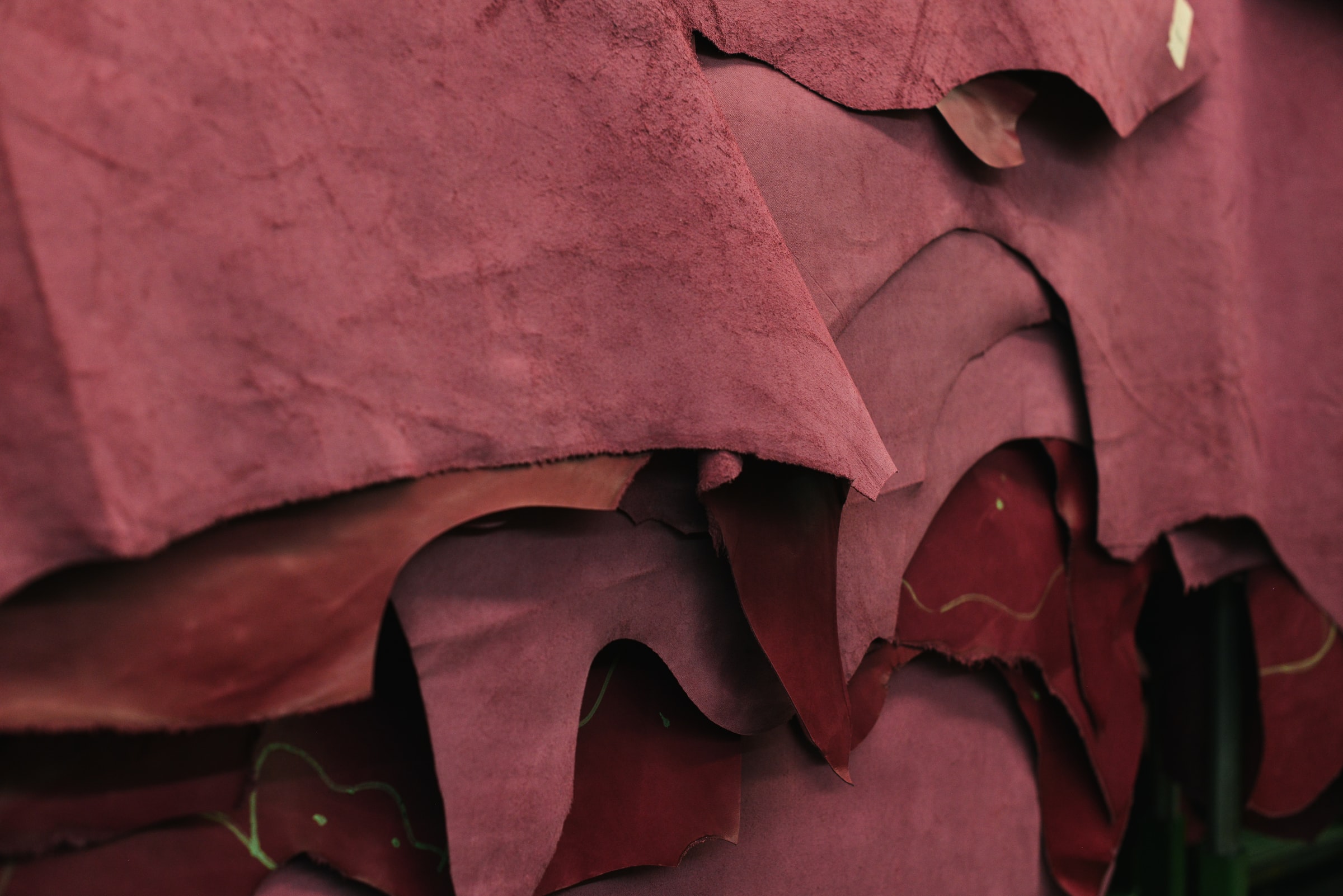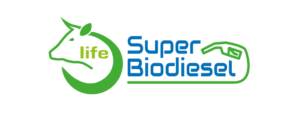Content posted by: Leather Naturally.
Leather Naturally published an article asking “Is leather environmentally friendly?”. The simple answer is “yes”. Leather is a highly versatile, widely used material and there are a number of elements in its manufacture that contribute to its environmental credentials.
Leather as a raw material is renewable, and in products it is long-lasting and repairable. It is made from a by-product of the food industry. If this by-product were not converted into leather, it would be thrown into a landfill, a significant environmental risk.
Leather can be repaired, refurbished and re-purposed but it has also been recycled for well over 70 years into leather fibre board, a material used in footwear, or sometimes as ground up trimmings for stuffing boxing punch bags. A lot of R&D is currently ongoing to expand the applications for leather recycling. Leather is made from a by-product of the food industry. If this by-product were not converted into leather, it would be thrown into a landfill, a significant environmental risk.
And as a natural product, leather will biodegrade in a typical landfill in 10 to 50 years, depending on the type of leather. A typical Polyvinyl Chloride plastic material takes 500+ years to break down in the same environment.
You can read the original content HERE.
